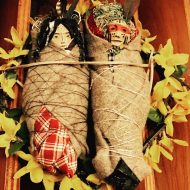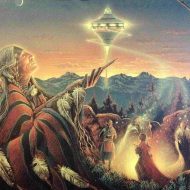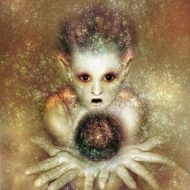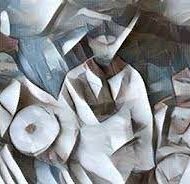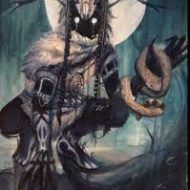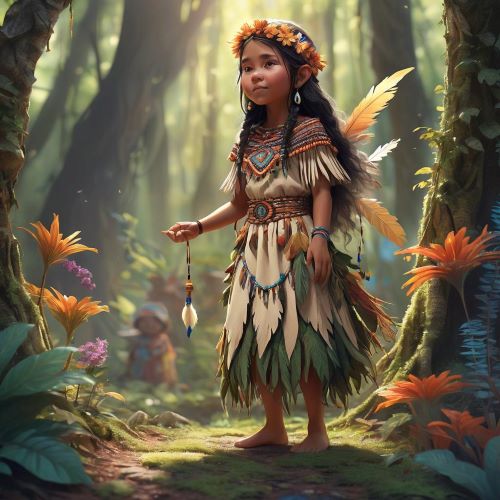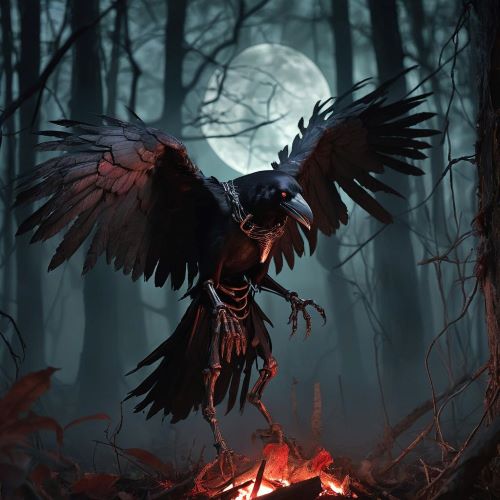Nunnehi : The Traveller Spirits
At a glance
| Description | |
|---|---|
| Origin | Cherokee Mythology |
| Classification | Spirits |
| Family Members | N/A |
| Region | United States of America |
| Associated With | Immortality, Strength, Healing |
Nunnehi
Introduction
The Nunnehi were supernatural human beings whose spirits were distinct from those of gods and ghosts according to the Cherokee tribe of Native Americans and general Native American mythology. They are considered to be the equivalent of fairies in European mythology.
The legend states that the Nunnehi lived in underground caverns throughout the Appalachian Mountains. They were known to sing and dance in the mountains, and hunters would sometimes hear them while they were in the region.
Physical Traits
They are considered to be shapeless or invisible most of the times. and take the shape of human being from the Cherokee tribe when required.
Family
Due to the rise of banality, the Nunnehi sought spiritual individuals who would host their spirits. When a child was born, the native spirit would enter the child’s body before the birth. The child would then be raised as a human until he or she became aware of the presence of the native spirit.
Other Names
In the Cherokee language, Nunnehi literally means “The People Who Live Anywhere”, but it is often translated into English as “The People Who Live Forever”, or simply “The Immortals”. Another name for them was Yunwi Tsunsdi, or “Little People” in the Cherokee language.
They also have different names based on the tribes that believed in them.
Powers and Abilities
The Nunnehi take the form of friendly spirits. They are known to be especially sympathetic to the Cherokee people. Nunnehi are very strong, and historically interceded in battles on the Cherokees’ behalf. Like Yunwi Tsunsdi, Nunnehi are usually invisible but sometimes show themselves to humans in the form of regal warriors.
They are also considered to be great healers as they frequently embark on medicine gathering adventures. They also have the powers of invincibility and teleportation which assists them when they are fighting battles along with the Cherokee.
Modern Day Influence
The Nunnehi have been the inspiration for a whole realm of beings in the MMORPG universe of multiple games.
Related Images
Frequently Asked Questions
What do the Nunnehi look like?
The Nunnehi are invisible spirits in Cherokee lore, but when seen, they appear identical to humans, sometimes with hints of otherworldly beauty or grace.
What is the legend of the Little People in Cherokee?
Cherokee Little People, playful spirits of mountain homes, guard knowledge, guide lost souls, and sometimes toss mischievous pebbles, protecting flames even during darkest times.
What is the legend of the Nunnehi?
Invisible spirits known as Nunnehi watch over the Cherokee, sometimes appearing as regal humans to warn of danger or aid in times of need. Though immortal and powerful, they choose to blend in, sharing love for music and dance with their mortal kin.
What is the Cherokee word for fairies?
The Cherokee concept doesn’t directly translate to “fairy,” but two terms come close. Nunnehi: Invisible spirits who can appear human, guardians and occasional dancers alongside the Cherokee. Yunwi Tsunsdi: Mischievous, nature-dwelling “Little People” known for healing knowledge and hidden homes.
What does the word Nunnehi mean?
“Nunnehi” literally translates to “The People Who Live Anywhere,” but is often understood as “The People Who Live Forever” or simply “The Immortals.” These invisible Cherokee spirits roam freely and watch over the people, occasionally revealing themselves to guide or warn.


